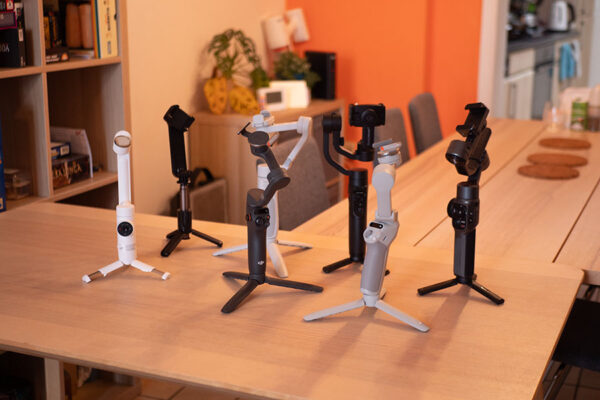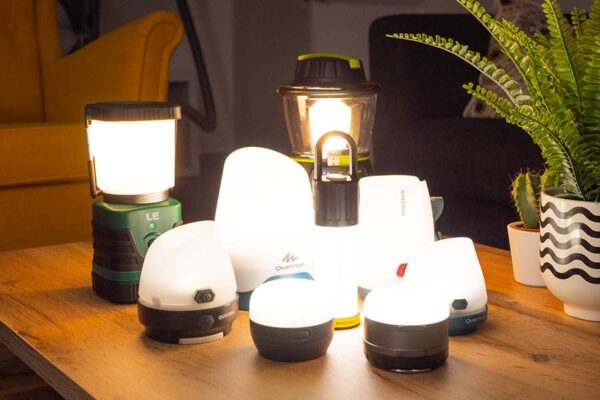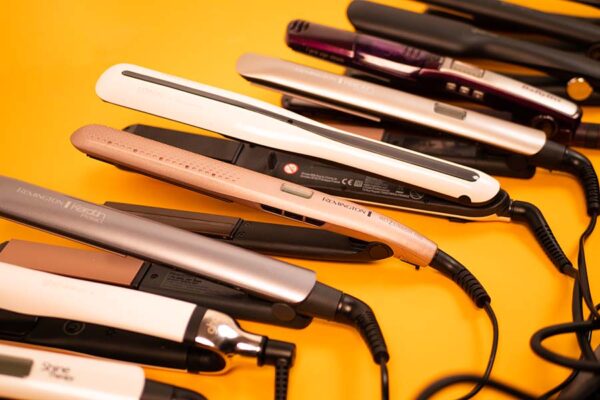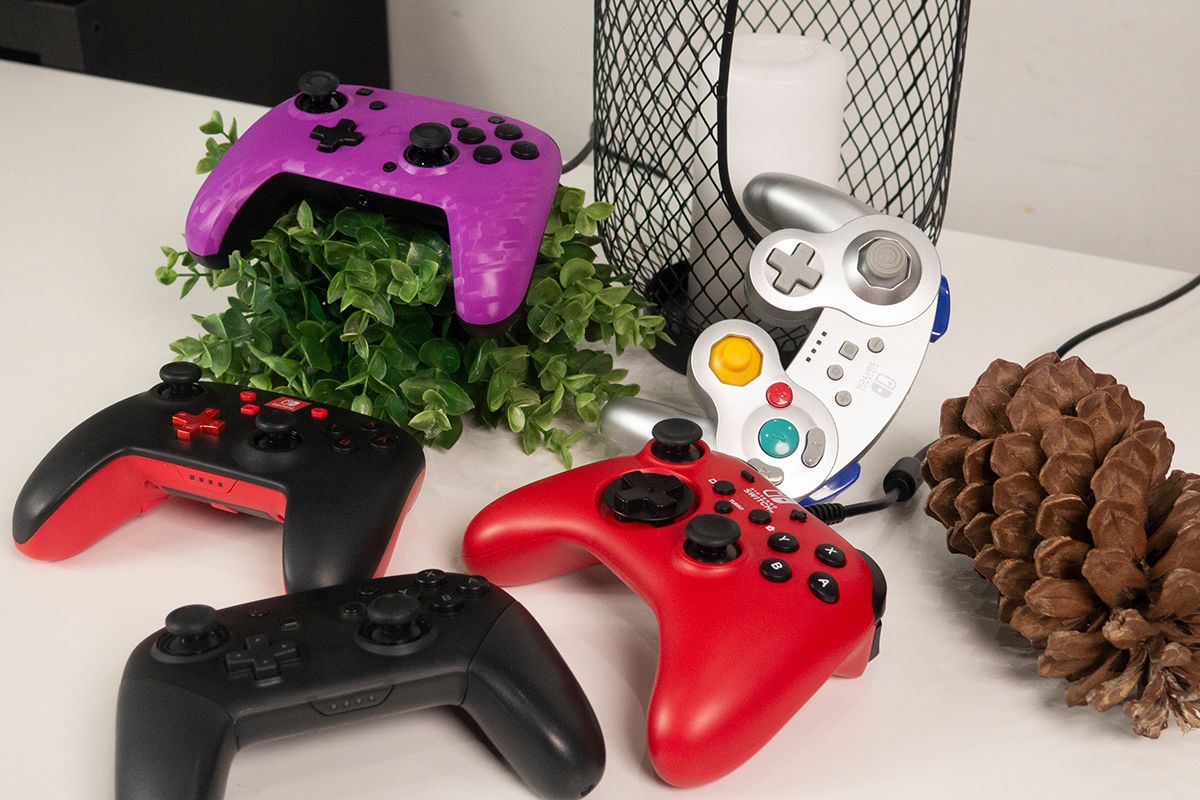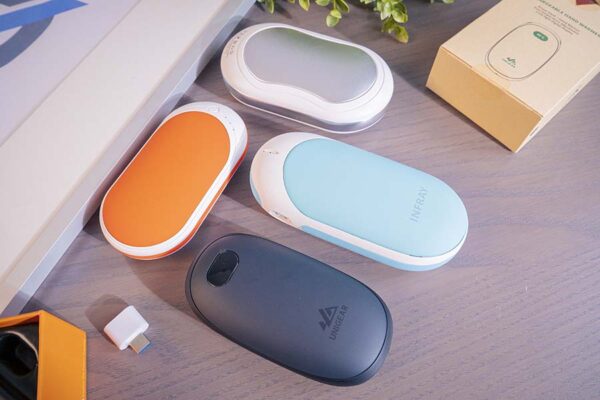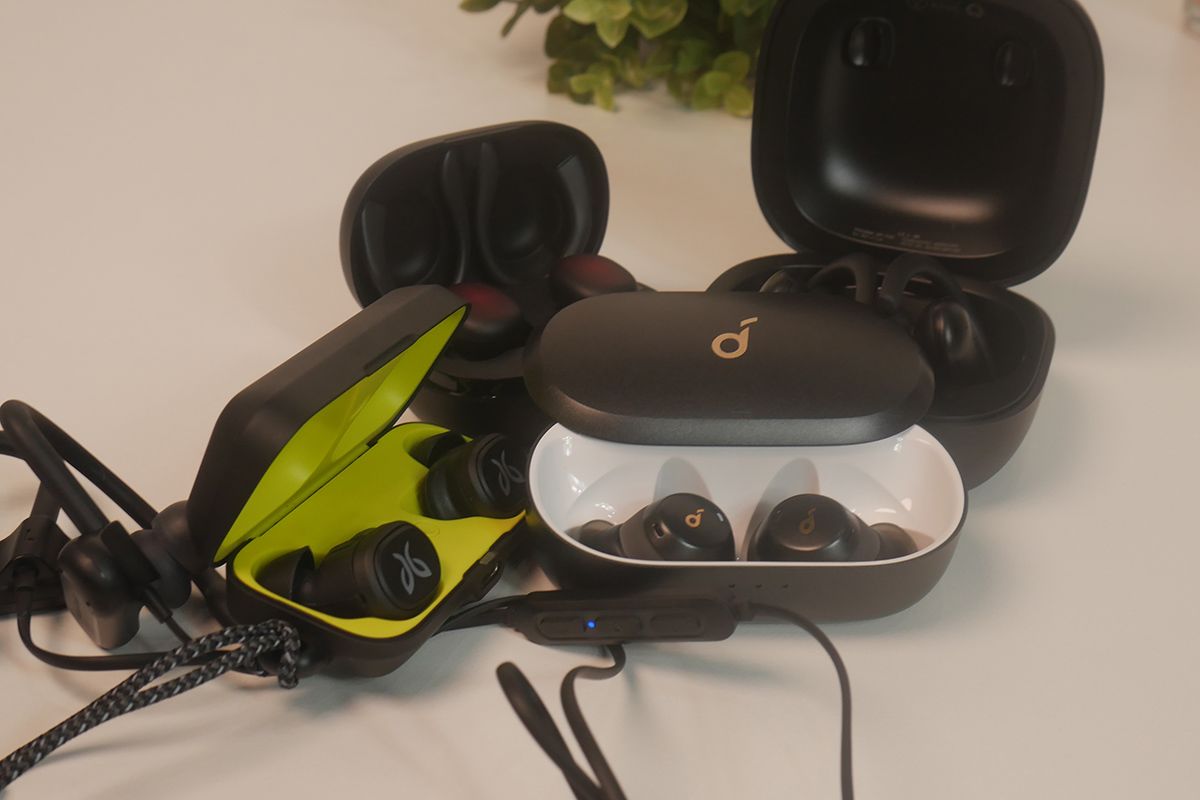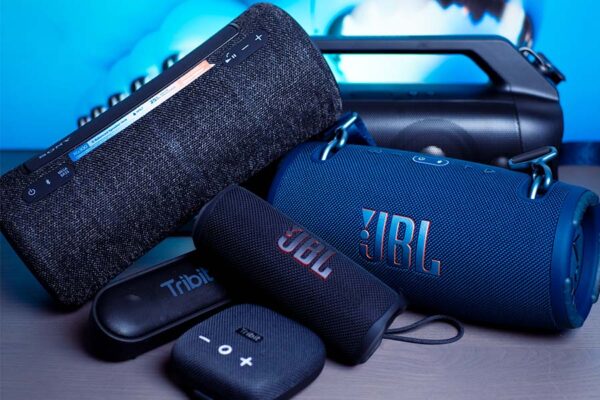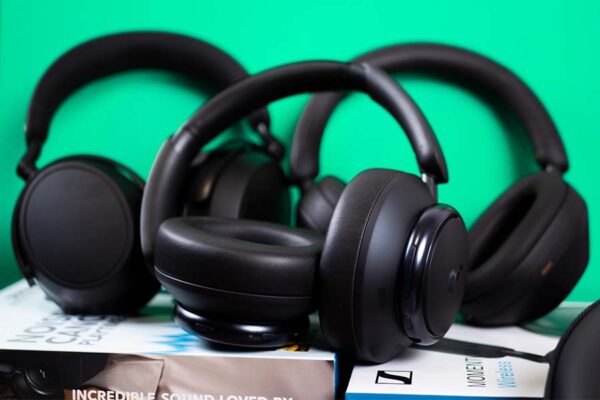Updated on 27 March 2023
Xiaomi Mi PowerBank 3 Ultra Compact
This compact battery is a fine example of efficiency. Thanks to its full equipment and high performance, it is undoubtedly the ideal solution for many people.

The Xiaomi Mi PowerBank 3 Ultra Compact is, as its name suggests, a battery designed to be convenient to carry. It offers a 10,000 mAh autonomy, coupled with performances that we measured during our tests at a maximum of 22.5 W (using the USB-C port / 18 W on other ports). The connectivity is quite extensive with 2 USB-A ports, a USB-C port also used to charge it and a MicroUSB dedicated to charging only. We particularly appreciated its compromise between an optimized size and first-rate performance. Its capacity allows you to charge a standard smartphone about twice.
Anker PowerCore III
This is the most complete model in our selection, combining reasonable power with wireless charging. It is also very practical to take with you.

The Anker PowerCore III is the ideal solution for any modern smartphone owner. This power bank has everything you need to charge your device with 2 USB-A ports, as well as a USB-C port and Qi wireless charging. It is also possible to use it while you are charging it. The advertised power is 18W wired and 10W wireless. These values correspond to what we found during our test. Its size is not the most optimised, although we found it easy to slip into our bag. We did notice that it is still bulky compared to other alternatives with a capacity of 10,000 mAh.
Charmast 26 800mAh
This bulky model has the largest capacity in our comparison. It also has other advantages that make it suitable for those who need a good energy reserve.

The Charmast power bank has a capacity of 26,800 mAh. That’s just over 5 full charges of a smartphone like the OnePlus 9! We measured a power output of 18W on the QuickCharge 3.0 and USB-C ports. The connectivity is also quite extensive, with 3 USB-A ports (one of which is QC 3.0 compatible) and another USB-C port (QC 3.0 and PowerDelivery compatible). Its shortcomings are quite small: a high weight (480 g), which we found quite heavy in a bag, and a little known brand, which is more distrusted than Anker, for example.
Our selection
Our choice, Best budget Best mid-range Budget alternative 


Xiaomi Mi PowerBank 3 Ultra Compact Anker PowerCore III Charmast 26 800mAh This compact battery is a fine example of efficiency. Thanks to its full equipment and high performance, it is undoubtedly the ideal solution for many people. This is the most complete model in our selection, combining reasonable power with wireless charging. It is also very practical to take with you. This bulky model has the largest capacity in our comparison. It also has other advantages that make it suitable for those who need a good energy reserve. £ 23.99 on Amazon See the price on Amazon £ 25.99 on Amazon
Selectos compares and tests hundreds of products to help you buy better. We sometimes receive a commission when you buy through our links, which helps fund our work. Learn moreWhy trust us ?
How did we test?
To test each power bank, we first unpacked them. This allowed us to compare the different models in terms of both perceived quality and format. We then had to go through the obligatory recharging stage in order to have sufficient capacity for our tests. The analysis of the manufacturer’s data gave us an idea of what we could expect.
Next comes the fateful stage of charging tests. To do this, we took a smartphone that supports the latest QuickCharge standard and Qi wireless charging (Samsung Galaxy S20 FE). Using this device, we tested the different ports of each external battery to check the actual performance.
How to choose your power bank?
The difficulty in choosing a power bank lies in the multitude of models on the market and the sometimes nebulous description of the data sheets.
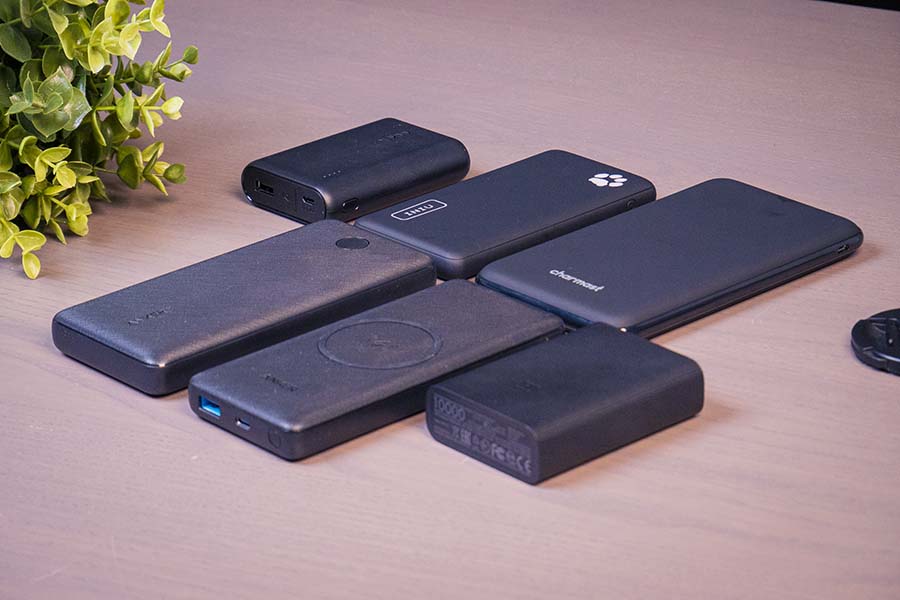
Here are the features you need to understand and consider before you buy:
- Battery life: this is calculated in mAh. This data allows you to know if you can charge a device to 100%, and how many times (by comparing the number of mAh of the device to be charged – the average for a smartphone is about 4000 to 5000 mAh). Note, however, that the displayed autonomy is often a bit optimistic (sometimes you have to take away almost 20%). Moreover, even if manufacturers are working on this point, an extended capacity implies a larger size.
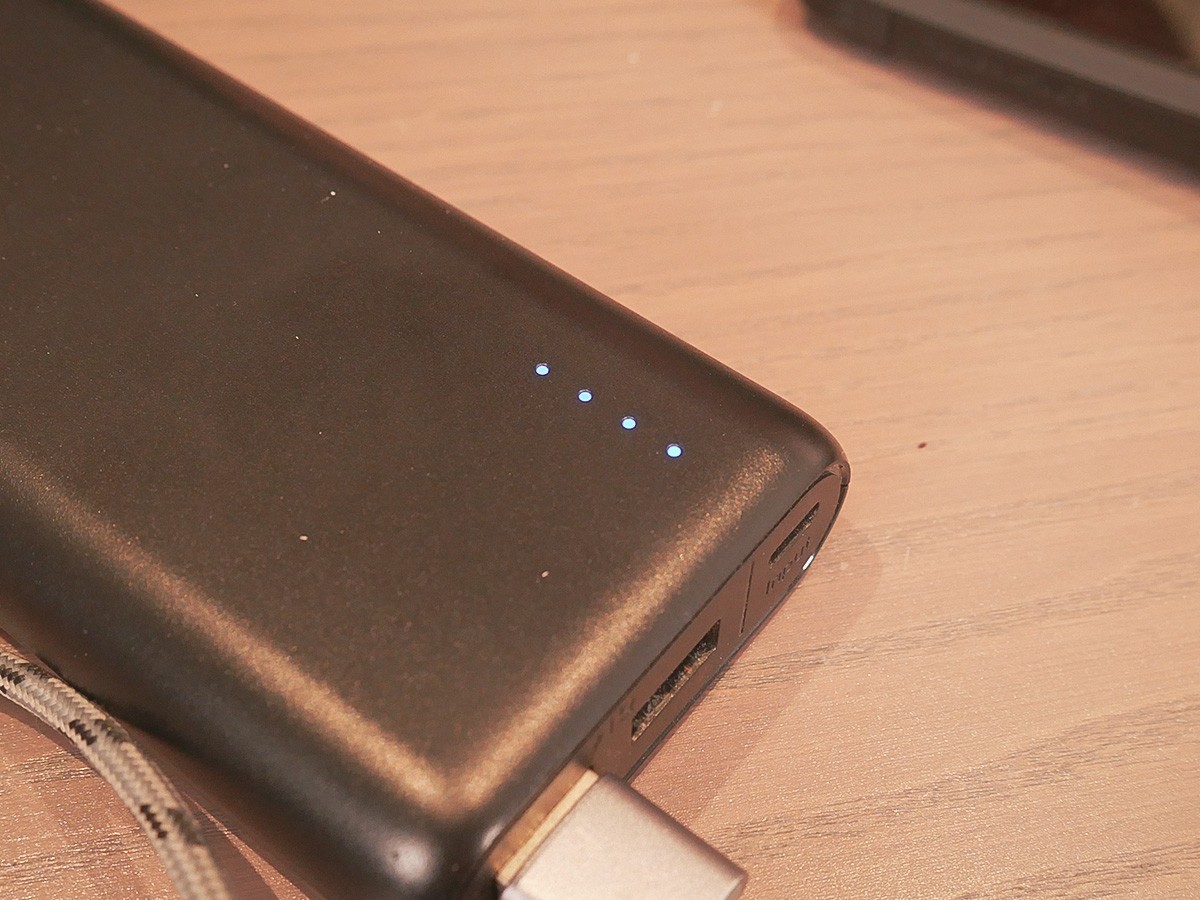
- Input and output power: this depends on the type of port the power bank has, but also on the power specifically allocated to it. At least 15W for USB-C ports and 8W for USB-A and Micro-USB ports are required to ensure maximum charging speed at both input and output. Sometimes this value is not openly stated by the manufacturer, but a quick calculation can be used to determine it: Vdc x Adc = Output power (expressed in W).
- Fast charging: more and more devices are supplied with chargers capable of delivering higher power to charge them more quickly. Two main standards currently coexist in external batteries: Quick Charge 3.0, which can inject up to 18 W of power, and USB Power Delivery (introduced with USB-C), which can theoretically deliver up to 100 W to charge both a smartphone and a laptop.

- Connectivity: the cheapest batteries only allow you to charge one device at a time, but others allow you to charge more than one device simultaneously. A higher number of ports also often means that the battery is more versatile (as more than one type of port can be used at the same time). However, check the maximum combined output power of these ports, as some batteries divide their power according to the number of connectors.
- Transportability: as mentioned above, more powerful batteries are also generally heavier. So make sure you choose the right one for the job: if you need to recharge every day, a small, light battery that can be carried around in your pocket is best, while a heavier battery will be useful when travelling, for example.
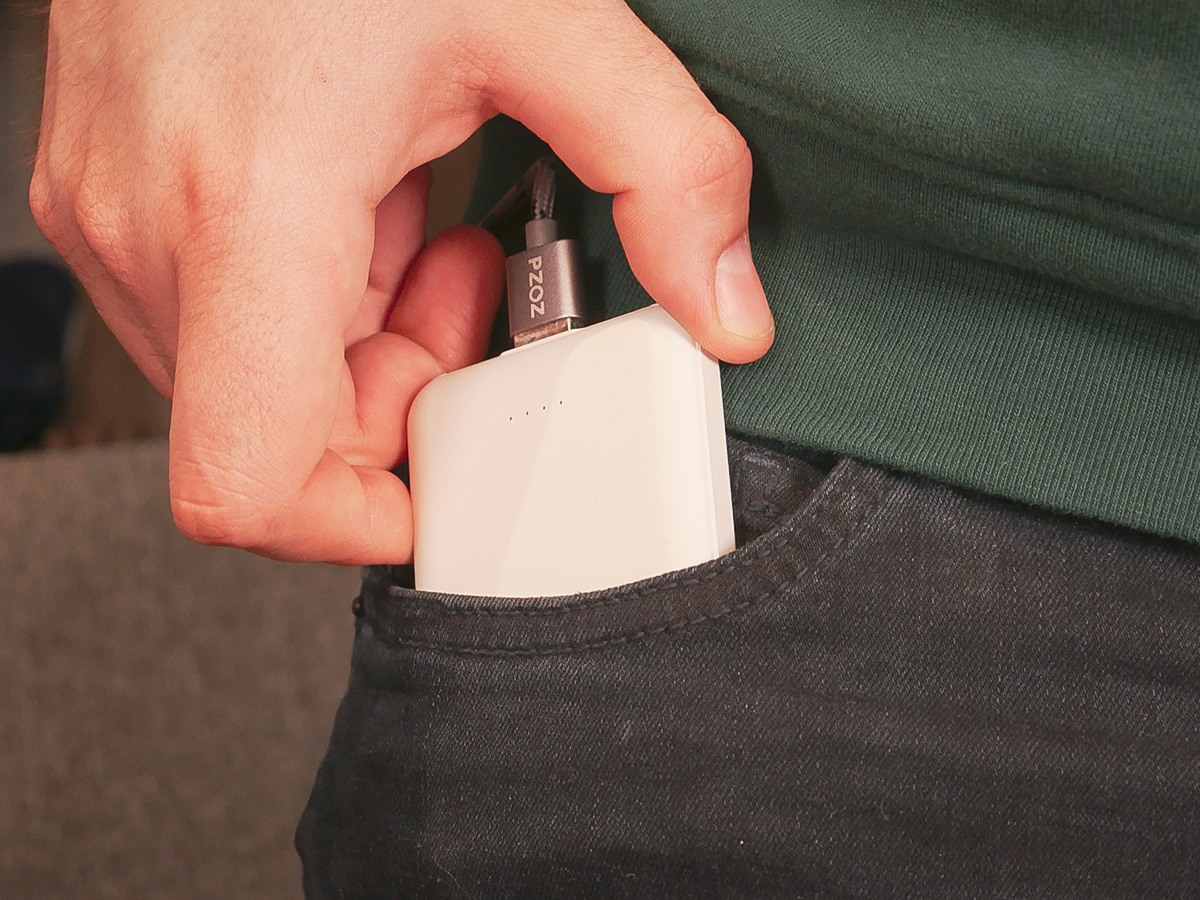
- Safety: never buy a power bank that does not comply CE standards. You risk damaging the batteries of the devices you connect to it, especially if it is not equipped with a voltage regulator that adapts the output power to what your device can handle.
- The brand: as power banks are a “trendy” device (we need them for almost everything nowadays), many manufacturers offer cheaper devices. However, be sure to ask around, as quality and/or after-sales service are often not as good as they could be. If in doubt, opt for a reputable brand such as Anker or RAVPower.
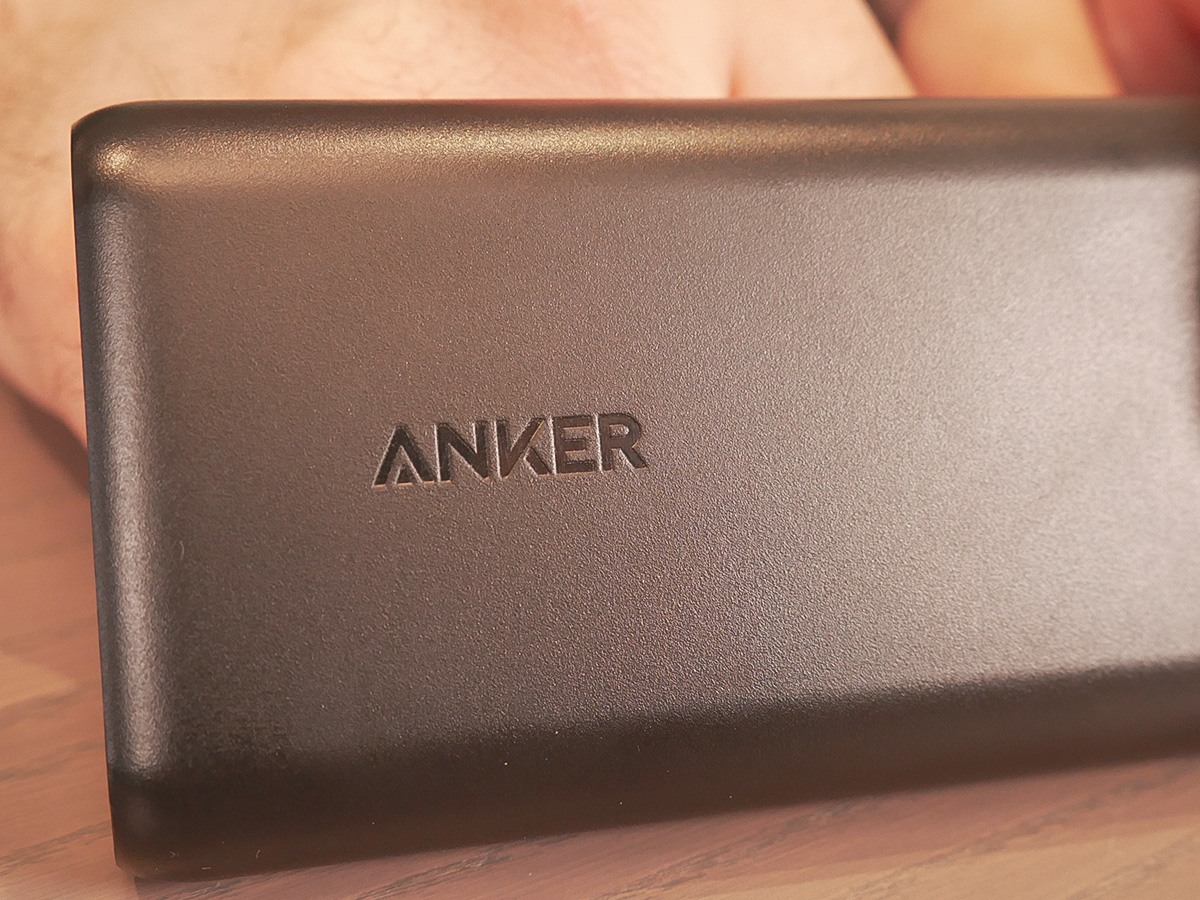
Other models we recommend
INIU Power Bank (£19.99 upon publication): economical and practical. Iniu’s power bank managed to surprise us as it seems so well-designed. Indeed, it is equipped with quite a lot of connectivity, consisting of 2 USB-A ports and one USB-C, and develops an interesting power of 18 W which was verified during our tests. Its relatively compact size allowed us to carry it easily in a bag. It also has a torch, which is always handy. We have decided to position it as an alternative because the brand is not well-known enough to have a better overview of it. Even so, many users tell us that their after-sales service is quite efficient and reactive.
Anker PowerCore Essential (£39.99 upon publication): a consequent energy reserve. More massive than the majority of our selection, we found it less optimised than other models. Nevertheless, it has some advantages such as its good capacity and the presence of 2 USB-A ports allowing you to charge 2 devices simultaneously. However, we regret that its USB-C and micro USB ports are only present at the input to charge the battery. Moreover, during our tests, we measured a power of barely 10 W, against 15 announced by the brand.
Other product tested
Anker PowerCore 10000 (£39.99 upon publication): limited connectivity and power. The PowerCore 10000 is a device that relies on its compactness and the brand’s reputation to convince you. It’s also lightweight, weighing in at just 180g. However, during our tests, we noticed that its rather low power (12 W) and its limited connectivity (only a single USB-A port) made it much less interesting than Xiaomi’s offer.
Translated by Ramsés El Hajje





